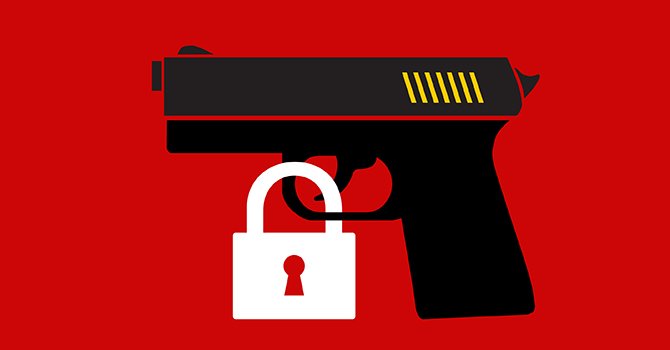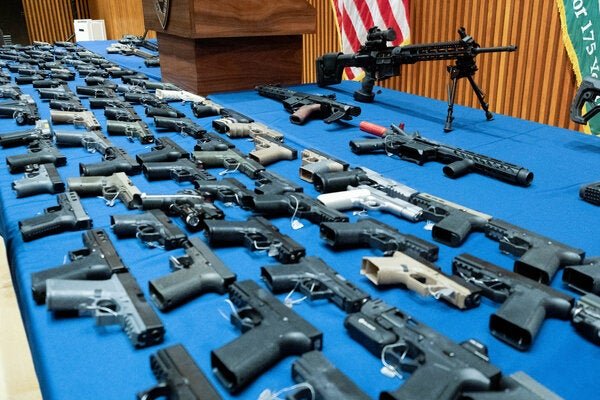By Ali Rowhani-Rahbar, Amy Gallagher, Deborah Azrael , and Matthew Miller
Little is known about the frequency and features of firearm carrying among adult handgun owners in the United States. In fact, over the past 30 years, only a few peer-reviewed national surveys, conducted in 1994, 1995, 1996, and 2015, have provided even the most basic information about firearm carrying frequency.1–4 Since the first of these surveys, reasons offered by firearm owners for why they own firearms have shifted from hunting and sports shooting toward personal protection. In 1994, for example, 46% of firearm owners reported owning firearms for protection2; by 2015, that number had reached 65%,5 and, by 2019, it had reached 73%.6 As personal protection became the predominant motivation for owning firearms, handgun ownership increased disproportionately from 64% in 1994 to 83% in 2021.2,7
These trends have been accompanied by a loosening of state laws governing who can carry handguns in public places. State laws regulating concealed handgun carrying are typically divided into the following types: (1) permitless: no permit is required; (2) shall issue: the issuing authority is required to grant a permit to anyone who meets certain minimal statutory requirements with no or limited discretion; (3) may issue: the issuing authority has substantial discretion to approve or deny a concealed carry permit to an applicant.8 In 1990, only 1 state allowed permitless handgun carry; at the time of this writing, that number had risen to 21.8
To our knowledge, the only contemporary national estimates of handgun carrying among US adults come from the National Firearms Survey in 2015 (NFS-2015). NFS-2015 found that 23.5% of adult handgun owners (9 million adults) had carried a loaded handgun on their person in the month before the survey; of those, 34.5% (3 million) had done so every day.4 Of handgun owners who carried, 4 in 5 carried primarily for protection, 4 in 5 had a concealed carry permit, 2 in 3 always carried concealed, and 1 in 10 always carried openly.4 The prevalence of handgun carrying was similar in states with permitless carry laws and states with shall issue carry laws. By contrast, the prevalence of carrying was notably lower in states with may issue carry laws.4
In the current study (NFS-2019), we used nationally representative survey data collected from July 30, 2019, to August 11, 2019, to update information pertaining to the proportion of handgun owners who carried a handgun over the previous month (and, of those, the fraction who carried daily), the characteristics of those who carried, and the prevalence of handgun carrying by handgun owners in states that did versus did not require a permit for concealed carrying at the time of the survey.
United States, American Journal of Public Health. 2022, 8pg





















